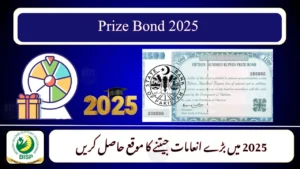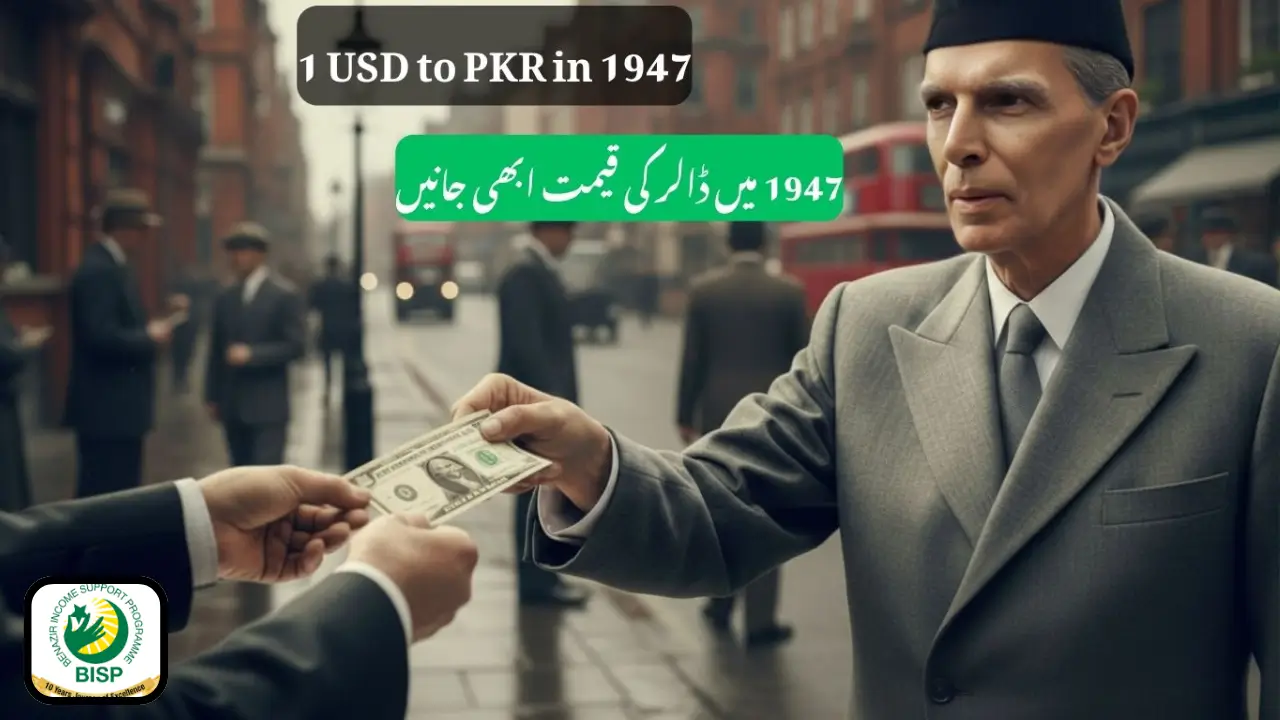1 USD to PKR in 1947 – The Complete History of the Dollar in Pakistan
The exchange rate of 1 USD to PKR in 1947 is a fascinating starting point for understanding the broader economic evolution of Pakistan. Since its independence that year, the value of the Pakistani Rupee (PKR) has undergone significant fluctuations, shaped by both domestic policies and global economic forces. The journey from a relatively stable economy in the early years to today’s complex financial landscape highlights how external pressures, political decisions, and economic reforms have influenced Pakistan’s currency.
In 1947, when Pakistan gained independence, the country was in the process of establishing its financial systems. At this time, 1 USD was equivalent to around 3.31 PKR. This was a reflection of Pakistan’s early economic structure, which was largely agricultural and centered around imports and exports with the British Empire and the United States. The exchange rate of 1 USD to PKR in 1947 was relatively stable as the country had just begun its journey in terms of industrialization and trade. However, as the years progressed, the value of the Pakistani Rupee began to shift due to a variety of internal and external factors.
 Also read
Also read
Early Economic Challenges The 1950s to 1960s
During the 1950s and 1960s, Pakistan’s economy grew at a modest pace, supported by foreign aid, particularly from the United States, which was an important ally during the Cold War. Despite this, the value of the PKR remained relatively stable for the first two decades after independence. The exchange rate of 1 USD to PKR remained in the range of 3.5 to 4 PKR throughout these years, reflecting a relatively calm period of development.
However, as Pakistan became more dependent on foreign assistance and loans, particularly in the 1960s, the foundations of its economy were tested. In this period, the country’s agricultural sector remained dominant, while industrial growth was still in its early stages. Even though the value of the USD remained fairly low in comparison to the PKR, it was clear that Pakistan’s economic stability was fragile.
1 USD to PKR in 1947 & Exchange Rate History (1947–2025)
| Year | 1 USD to PKR Exchange Rate |
|---|---|
| 1947 | 3.31 PKR |
| 1970s | ~7-8 PKR |
| 1990s | ~30 PKR |
| 2000s | ~60-70 PKR |
| 2018 | ~115 PKR |
| 2025 | ~285 PKR |
The 1970s The First Major Devaluation
The 1970s brought substantial changes to Pakistan’s economic landscape. The most significant event of this decade was the separation of East Pakistan (now Bangladesh) in 1971, which led to significant political and economic turmoil. The loss of East Pakistan resulted in a sharp decrease in foreign exchange earnings from exports and caused a drain on the country’s foreign reserves.
 Also read
Also read
By the mid-1970s, the exchange rate of 1 USD to PKR had risen to about 7-8 PKR. The country faced mounting economic challenges, including the global oil crisis of 1973, which further strained Pakistan’s import-driven economy. The rise in oil prices affected the cost of imports, putting additional pressure on the country’s fiscal health. This marked the beginning of a period of devaluation for the PKR, which would continue in the years to come.
The 1980s and 1990s Economic Reforms and Currency Depreciation
The 1980s and 1990s were marked by significant economic reforms in Pakistan, though political instability and fluctuating international conditions made it difficult for these reforms to have a lasting impact. In the 1980s, Pakistan began adopting liberal economic policies under military ruler General Zia-ul-Haq. These policies, along with increased foreign aid and military assistance, led to higher growth in some sectors. However, they also contributed to a more open and exposed economy, which made Pakistan vulnerable to international fluctuations.
By the 1990s, Pakistan’s economic position had deteriorated significantly. The US Dollar continued to rise against the Pakistani Rupee, with 1 USD being exchanged for around 30 PKR by the mid-1990s. Political instability, frequent changes in government, and military spending added to the economic strain. During this period, Pakistan also saw rising inflation and an increasing budget deficit, leading to further depreciation of the PKR.
 Also read
Also read
The 2000s A New Century and Continued Challenges
The 2000s brought a series of new challenges for Pakistan, particularly following the 9/11 attacks and the subsequent War on Terror. Pakistan’s foreign policy and economy became deeply intertwined with the global fight against terrorism, resulting in significant military aid and loans from the United States. However, these financial inflows were not enough to stabilize the Pakistani economy in the face of rising inflation, energy crises, and political instability.
By the end of the decade, the exchange rate of 1 USD to PKR had increased to around 60-70 PKR. The growing trade deficit, combined with high levels of government borrowing, put further strain on the Pakistani Rupee. Pakistan’s reliance on external financial support and loans continued to affect its currency, as it struggled with both internal and external economic pressures.
The 2010s Crisis and Continued Devaluation
The 2010s were marked by a further decline in the value of the Pakistani Rupee. A combination of high inflation, an ongoing energy crisis, and political instability contributed to a dramatic increase in the exchange rate. By 2018, 1 USD was exchanging for around 115 PKR, reflecting the worsening fiscal health of Pakistan.
 Also read
Also read
The government continued to seek assistance from international organizations such as the International Monetary Fund (IMF), which required fiscal and monetary reforms. The rupee’s continued depreciation over this period highlighted Pakistan’s ongoing struggles to achieve economic stability and control inflation.
The 2020s Economic Pressures and the Current Exchange Rate
The 2020s have seen further volatility in Pakistan’s exchange rate, exacerbated by the global impact of the COVID-19 pandemic. As of 2025, 1 USD is now exchanged for around 285 PKR, continuing the trend of the rupee’s devaluation. The COVID-19 pandemic added further strain to Pakistan’s economy, affecting trade, remittances, and foreign investment.
Conclusion
The history of 1 USD to PKR in 1947 is a reflection of Pakistan’s economic journey, shaped by both internal challenges and external factors. Over the decades, the PKR has depreciated significantly, influenced by political instability, global economic trends, and Pakistan’s financial management. As the country continues to face economic challenges, the exchange rate will remain an important indicator of its economic health. Understanding the historical context of the USD to PKR exchange rate helps to grasp the complexities of Pakistan’s financial system and the road ahead.
 Also read
Also read







